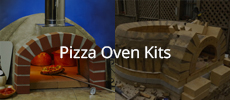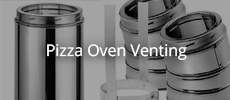Originally posted by Tscarborough
View Post
...or are you dooring it up at pizza temps immediately...which would clearly hold heat longer than the bread scenario?
In short, I'm not sure I like my door thermometer very much. It always ready surprisingly low. I bought a standing 600F thermometer that I'm going to put inside the oven next time, just to see how it compares to the door thermometer.
Sigh.





Leave a comment: